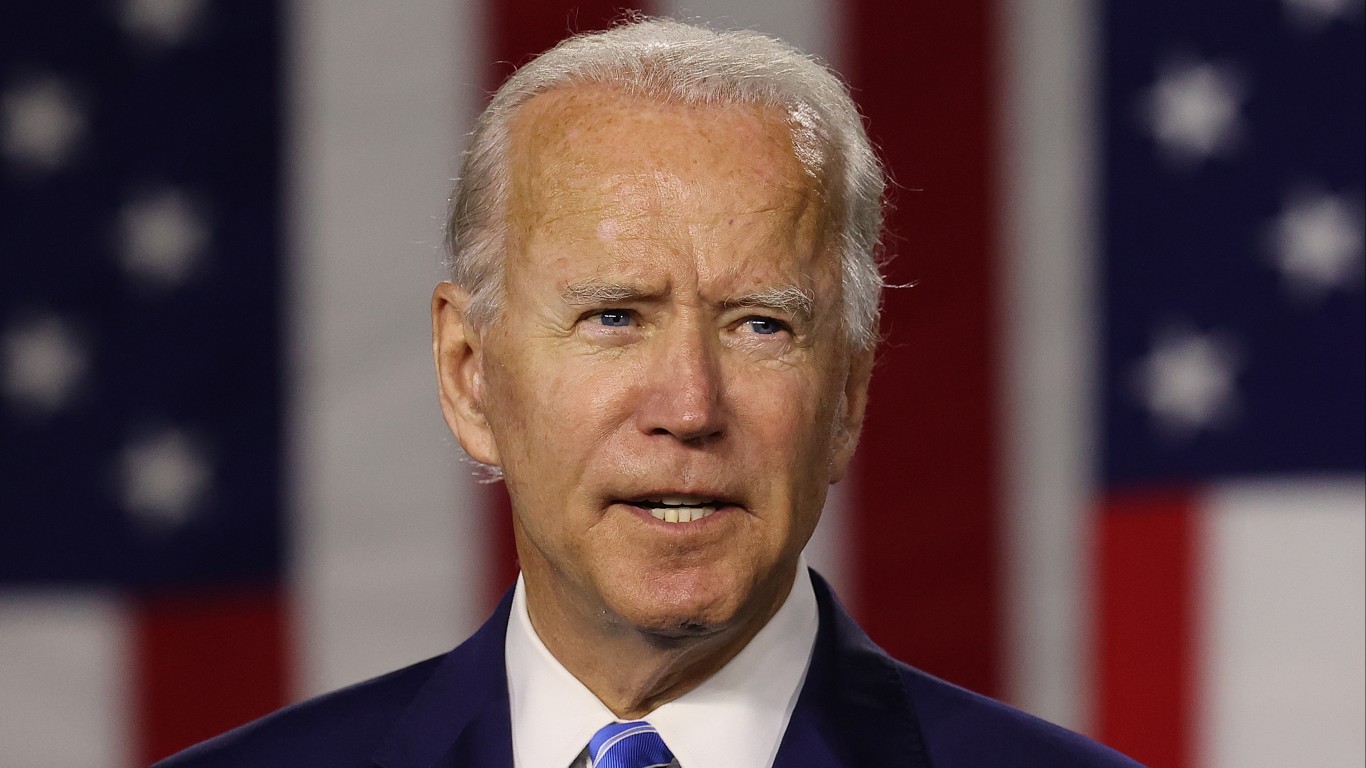Investing
Race against time for Biden's climate law as it turns a year old

Published:
Last Updated:

President Joe Biden’s signature piece of legislation in his first term, the Inflation Reduction Act, turns one year old in three weeks. It’s possibly the most significant legislative economic effort since the New Deal. Has it come too late?
The handshake deal in Congress that allowed passage of the climate transition strategy, which calls for up to $380 billion in government spending and subsidies on clean energy projects, has spurred investment in infrastructure from around the world and copycat programs from Europe to Asia. Soaring consumer investment in electric vehicles puts a human face on what is otherwise a huge win for business, with some 80 new projects announced, as many as in the previous seven years combined, according to the Associated Press.
But at the same time, global warming has ratcheted up the pressure, with record heat waves this summer, disrupting tourism in places such as the Greek Islands, withering crops in the U.S. and messing with supply chains in ways not seen since the Covid lockdowns as workers buckle in the heat.
Scientists estimate that the IRA will help the U.S. reduce emissions by 41% by the end of the decade, which while great, is below the estimate of 50% needed to meet international goals to keep the increase in global average temperature to less than 1.5°C. above pre-industrial levels (It’s currently at 1.25°C.). And despite the investment, projects from offshore wind farms to ocean power and solar power face opposition from many consumers, politicians, and remarkably, environmentalists themselves.
History may ultimately judge the economic climate efforts made in the past year as too little too late. But as the Inflation Reduction Act turns one, this summer it feels like it came not a moment too soon.
Subscribe to Callaway Climate Insights to keep reading this post and get 7 days of free access to the full post archives.
Retirement planning doesn’t have to feel overwhelming. The key is finding expert guidance—and SmartAsset’s simple quiz makes it easier than ever for you to connect with a vetted financial advisor.
Here’s how it works:
Why wait? Start building the retirement you’ve always dreamed of. Click here to get started today!
Thank you for reading! Have some feedback for us?
Contact the 24/7 Wall St. editorial team.